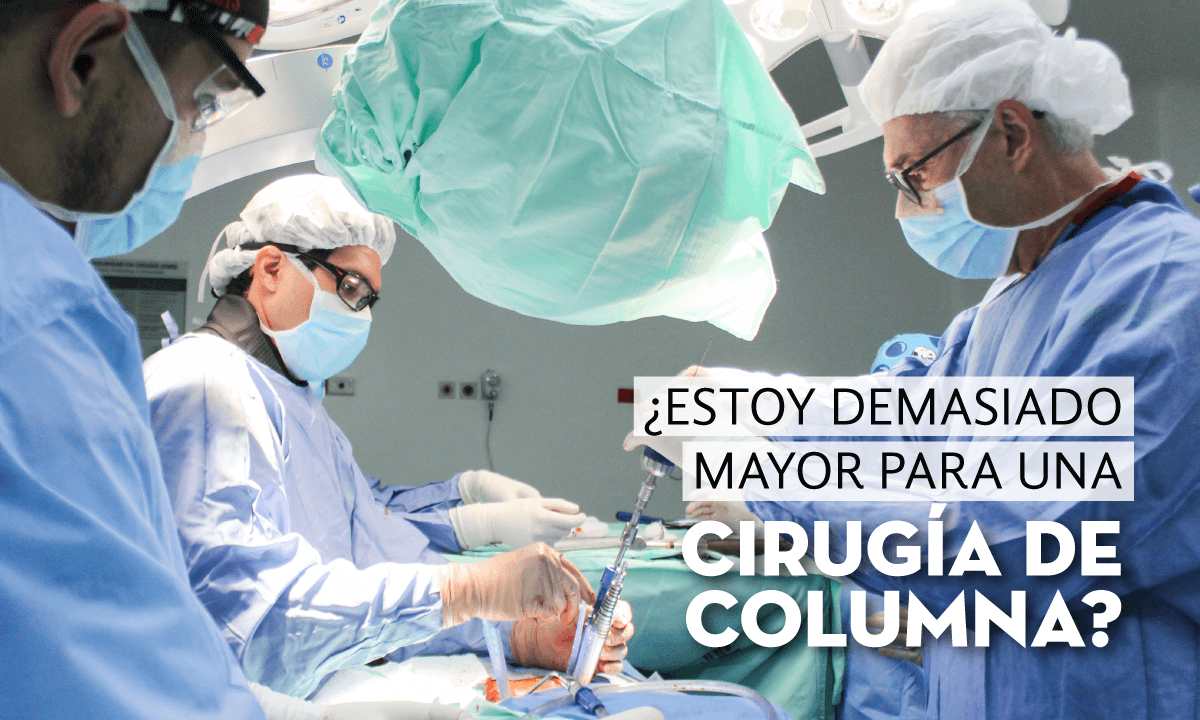Medical Directory
More than 500 full time specialists, who guarantee you appropriate care
View DirectoryO
P
U
P
U
International Medical Care
Click on the overview to see more information about our office
More than 500 full time specialists, who guarantee you appropriate care
View DirectoryClick on the overview to see more information about our office

Traditionally, it has been considered that spine surgery is highly risky. People said: “if you have had a spine surgery, you will be lucky if you do not come out of the hospital in a wheelchair”. This concept is so widespread that physicians may hear concerns about it daily, which result in a delay in treatment and a reduction of patients’ well-being.
The development of new technologies for manufacturing implants, bone replacements, optical elements, as high definition microscopes, as well as safe anesthesia techniques and pre-, peri- and post-operative management of pain have made spine surgery a minimally invasive technique with high success rates, providing satisfactory results to patients for over 100 years.
Fundación Valle del Lili has one of the most advanced high-complexity spine surgery systems in Latin America, equipped with a carbon fiber operating table, a high definition microscope together with and excellent team of neurosurgeons with a wide knowledge and long experience in the field.
Minimally invasive surgery or MIS provides treatment to spinal issues, covering small herniated disks to the correction of malformations, with a minimal manipulation of muscle and bone tissues, reducing bleeding significatively and reducing the need for transfusions during the procedure. Additionally, as tissues manipulation is reduced, also there is a low incidence of complications, as hematomas or infections.
Regularly, after a traditional spine surgery, a patient may remain in hospitalization around 8 days, with the MIS technique, hospitalization time may be reduced to a 50% or even less, in some cases, a patient may be discharged the same day or the next day of the surgery. As an additional benefit, the time of recovery is also reduced in a 60%, which constitutes a factor of convenience for patients and their families.
It is very common that elderly patients have difficulties for walking and have legs numbness, which limits their daily activities. Usually they have other conditions, as diabetes, hypertension and overweight, which increases surgical risks. With the MIS technique, these populations of patients have a possibility to have a short and safe treatment, improving their quality of life and reducing possible complications.
Currently, very few healthcare institutions in Colombia perform surgical procedures with the MIS technique, since it is an expensive technology. Even though the benefits derived from this procedure result in a reduction of peri-operatory costs, which is, in the end, more cost-effective for hospitals and patients.
In summary, the MIS technique is a real and feasible option, with a high rate of success and a low risk; and, what is most important, it is available for Cali’s population access at Fundación Valle del Lili’s Neurosurgery Service.